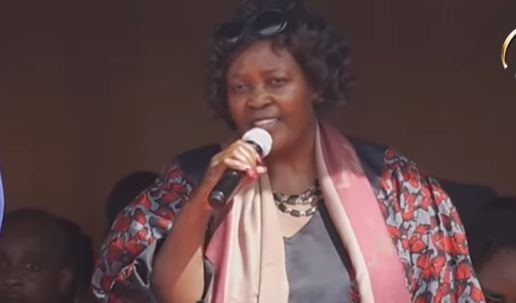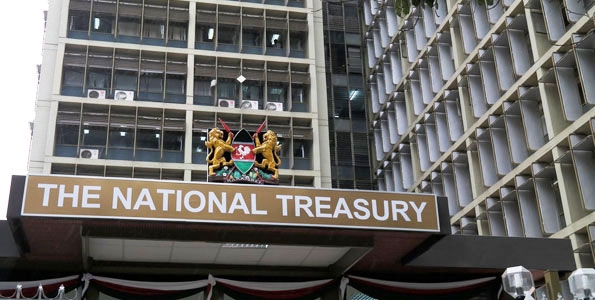It will cost the world 10 times Kenya's annual budget — $250 billion or about Sh29 trillion — to fight TB between now and 2030, a new global costing plan shows.
That's just for seven years.
Tuberculosis is the world's second-leading infectious disease killer, after Covid-19, the World Health Organization has said.
The funds should be channelled toward early diagnosis and treatment of the 50 million people with TB, and the development of a new TB vaccine, experts who developed the plan said.
TB has an excellent return on investment of $40 (Sh4,728) for each dollar invested. We'll need nearly $250 billion until 2030
The money will help redouble efforts so emerging crises — such as the Covid-19 pandemic or conflicts like the war in Ukraine — do not derail TB programmes, they explained.
The Global Plan to End TB 2023-2030 was released on Thursday by the Stop TB Partnership founded to help end the disease by 2030. It is a UN-hosted organisation based in Geneva.
“It is possible to reduce annual TB deaths by 90 per cent and treat 50 million people with tuberculosis, including children and those with drug-resistant tuberculosis by 2030,” Dr Paula Fujiwara said. She is chairperson of the Stop TB Partnership Global Plan Task Force.
She added, “TB remains a disease with an excellent return on investment of $40 (Sh4,728) for every dollar invested, and we will need the nearly $250 billion until 2030.”
Kenya has a large TB disease burden and is ranked 15th among the 22 high-burden countries that collectively contribute 80 per cent of the world's cases, Dr Andrew Mulwa at the Health ministry said. He is head of promotive health.
“We have about 140,000 people with TB every year and we are only able to identify and treat slightly about half of those every year,” Dr Mulwa said.
In Kenya, patients access free TB treatment in hospitals, funded by donors such as the Global Fund.
However, the First Kenya TB Patient Cost Survey, produced by the Ministry of Health in 2018, showed there are often many associated health care costs borne directly by patients.
They include payment for ancillary drugs and extra diagnostic tests, and non-medical costs, including expenditures for transport and accommodation.
The report showed the median total cost borne by patients seeking diagnosis and treatment per TB episode was Sh26,041.49.
Patients with drug-resistant TB incurred Sh145,109 and to cope, 27.8 per cent of TB patients used negative coping mechanisms such as taking a loan, using savings and selling assets to meet expenses.
The Stop TB Partnership plan said the world must make resources available, especially in countries where TB is most prevalent.
The total funding needed to support the Global Plan's ambitions is the equivalent of every person in the world donating Sh470 ($4) per year for the next seven years.
The economic return on this investment would amount to Sh4,728 (US$40) for every Sh120 (US$1) invested.
It would be as much as Sh6,973 for every $1 invested in low- and lower-middle income countries.
If the status quo is maintained, however, TB is expected to continue to kill between 4,000 and 5,000 people every day globally.
An additional 43 million people will develop TB and the cost in human life and disability would translate to a global economic loss of $ 1 trillion, the plan shows.
Earlier on Thursday, the Ministry of Health National TB Programme, USAID, Stop TB Partnership and the Centre for Health Solutions- Kenya launched the Introducing New Tools Project (iNTP) in Mathare, Nairobi.
The aim of the project is to roll out a package of the latest innovations in diagnostics, treatments and digital health technologies.
The project aims to support Kenya to reach the 2022 targets for the detection and treatment of TB.
The tools include 38 Truenat machines, the first WHO-recommended rapid molecular test for the detection of TB and rifampicin resistance that can be used at a peripheral level.
(Edited by V. Graham)
“WATCH: The latest videos from the Star”











![[PHOTOS] Family, friends receive body of Raila’s sister, Beryl](/_next/image?url=https%3A%2F%2Fcdn.radioafrica.digital%2Fimage%2F2025%2F11%2Fdfe6a9bf-ede1-47a4-bdc0-4f564edb03dd.jpeg&w=3840&q=100)


